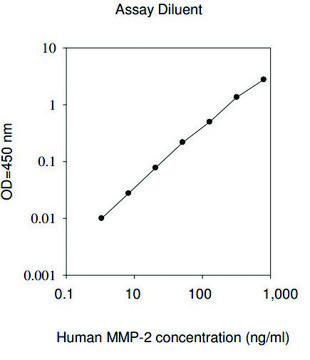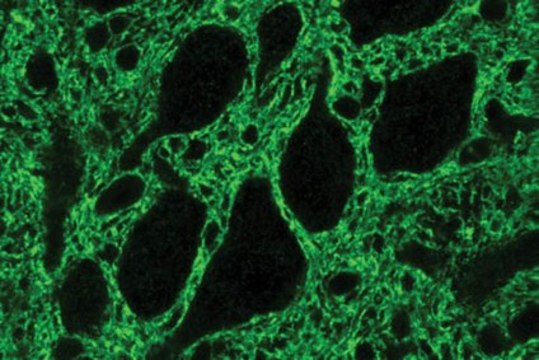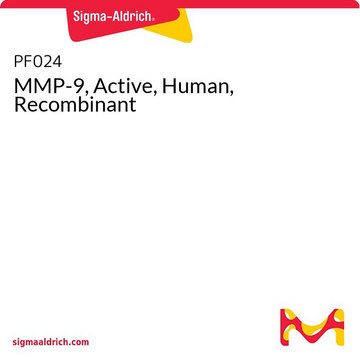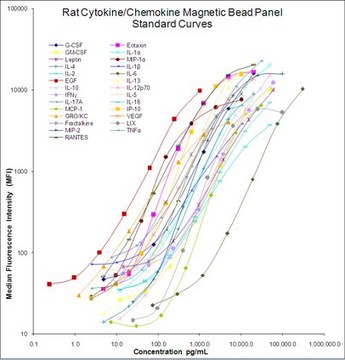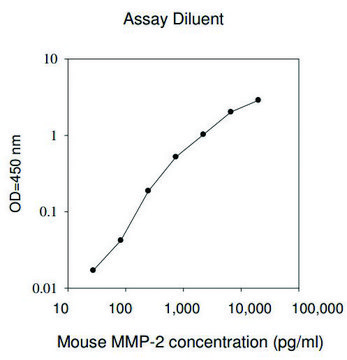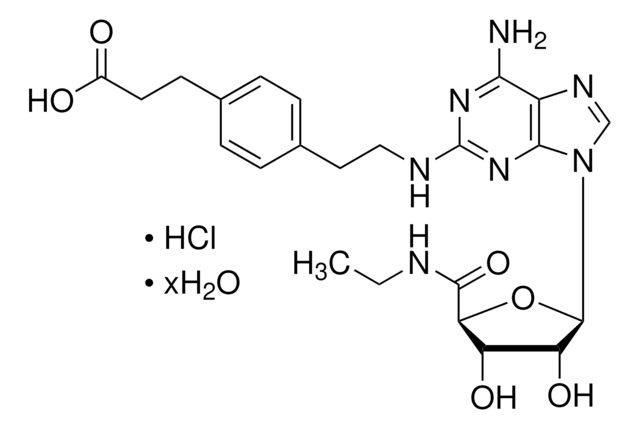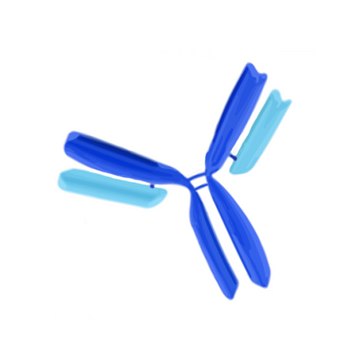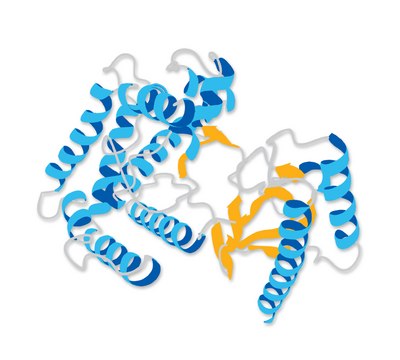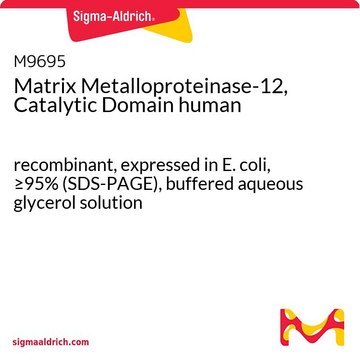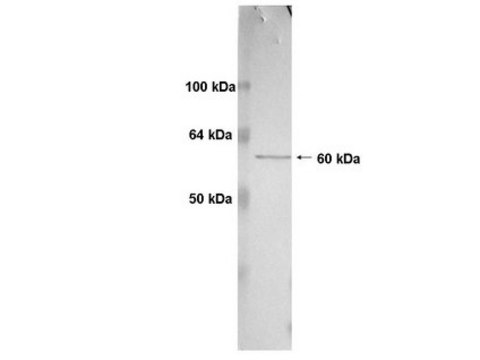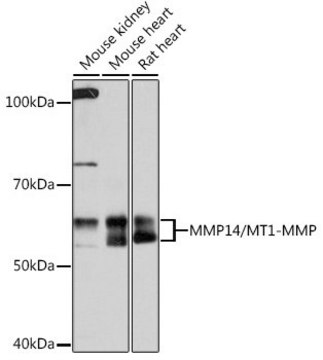CC1043
MMP-14, human, prodomain, catalytic domain, and hemopexin domain, E. coli recombinant
Synonym(s):
MT1-MMP
Select a Size
Select a Size
About This Item
Recommended Products
biological source
human
Quality Level
form
liquid
manufacturer/tradename
Chemicon®
concentration
0.2 μg/μL
NCBI accession no.
UniProt accession no.
shipped in
dry ice
Gene Information
human ... MMP14(4323)
1 of 4
This Item | M9695 | MAB1767 | SAB5700865 |
|---|---|---|---|
| biological source human | biological source - | biological source mouse | biological source rabbit |
| Gene Information human ... MMP14(4323) | Gene Information human ... MMP12(4321) | Gene Information human ... MMP14(4323) | Gene Information human ... MMP14(4323) |
| form liquid | form buffered aqueous glycerol solution | form - | form liquid |
| concentration 0.2 μg/μL | concentration - | concentration - | concentration 0.99 mg/mL |
| shipped in dry ice | shipped in dry ice | shipped in wet ice | shipped in wet ice |
| UniProt accession no. | UniProt accession no. | UniProt accession no. | UniProt accession no. |
General description
MT1-MMP is expressed in adult lung, placenta, kidney, ovaries, intestine, prostate and spleen [Will & Hinzmann, 1995]. Increased amounts of the enzyme are found in tumor tissues such as lung carcinoma [Butler et al., 1998], gastric carcinoma [Nomura et al., 1995], breast, head and neck carcinoma [Okada et al., 1995].
MT1-MMP is activated by removal of its prodomain. The reaction is catalyzed by furin, a subtilysin-type serine protease, which recognizes a motif of four basic amino acid residues located between the prodomain and catalytic domain [Pei & Weiss, 1996].
MT1-MMP activates progelatinase A [Sato et al., Strongin et al., 1995; Will et al., 1996] and procollagenase-3 [Knauper et al., 1996] by proteolytic cleavage of their domains. The ability of MT1-MMP to activate other matrix metalloproteinases provides potential for enhanced pericellular proteolysis in physiological and pathological processes. In particular, activation of progelatinase A by MT1-MMP is considered to contribute to local degradation of extracellular matrix during cell migration and proliferation. MT1-MMP also hydrolyzes fibrillar collagens I, II and III into characteristic ¾ and ¼ fragments [D′Ortho et al., 1997; Ohuci et al., 1997] and it cleaves a number of other ECM proteins, including fibronectin, vitronectin, laminin-1 and dermatan sulfate proteoglycan [D′Ortho et al., 1997; Pei & Weiss, 1996; Ohuci et al., 1997]. The activity of MT1-MMP is poorly inhibited by TIMP-1 but efficiently inhibited by TIMP-2 and TIMP-3 [Will et al., 1996].
Application
Physical form
Storage and Stability
Analysis Note
Legal Information
Disclaimer
Storage Class Code
12 - Non Combustible Liquids
WGK
WGK 1
Flash Point(F)
Not applicable
Flash Point(C)
Not applicable
Certificates of Analysis (COA)
Search for Certificates of Analysis (COA) by entering the products Lot/Batch Number. Lot and Batch Numbers can be found on a product’s label following the words ‘Lot’ or ‘Batch’.
Already Own This Product?
Find documentation for the products that you have recently purchased in the Document Library.
Our team of scientists has experience in all areas of research including Life Science, Material Science, Chemical Synthesis, Chromatography, Analytical and many others.
Contact Technical Service
